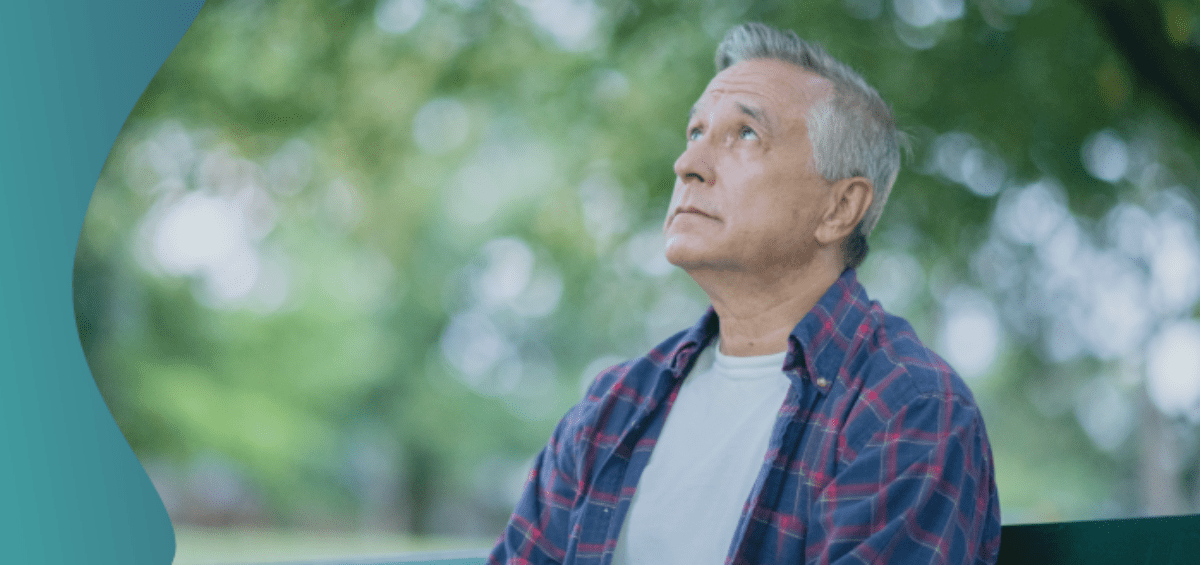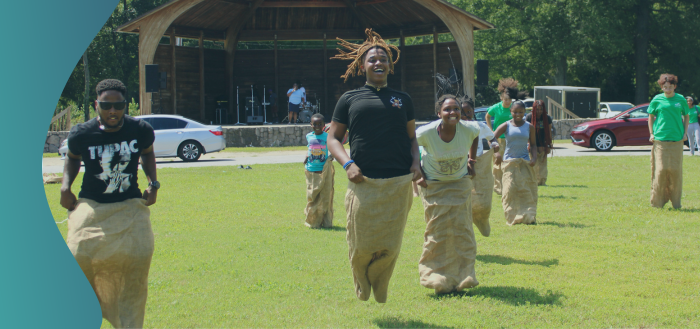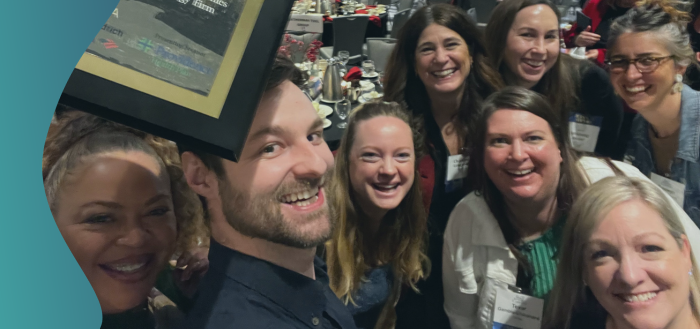November 18, 2020
With social distancing guidelines and widespread fear of infection, the COVID-19 pandemic has increased social isolation (defined as having few social relationships or infrequent social contact) for people across the country. Two thirds of U.S. adults report experiencing social isolation, according to a survey conducted by AARP Foundation and United Health Foundation.
Even before the pandemic, a landmark study from the National Academy of Sciences, Engineering and Medicine (NASEM) reported that older adults have a higher likelihood of experiencing social isolation due to risk factors, such as living alone, the death of family or friends, chronic illness, and hearing loss – all of which can contribute to feelings of loneliness over time, despite regular social engagement. Older adults who are immigrants or identify as LGBTQIA+ are at an even higher risk of experiencing social isolation.
Now, as the pandemic wears on, isolation among older adults has increased even further. Older adults are at a higher risk for developing severe symptoms or health complications in response to contracting COVID-19. This risk, coupled with protective measures taken by older adults to minimize infection and their often low technological literacy, means that this population is now more isolated than ever – and it is taking a toll on their physical and mental health.
That same NASEM report found that social isolation significantly increases a person’s risk of premature death, rivaling the risks of smoking, obesity, and lack of physical activity. In fact, a study by professors Julianne Holt-Lunstad and Timothy Smith of Brigham Young University found that prolonged social isolation is as harmful to health as smoking 15 cigarettes a day and is more harmful than obesity. Additionally, the NASEM report found that loneliness is associated with higher rates of depression, anxiety, and suicide. It is also is associated with a nearly four times increased risk of death and 68% increased risk of hospitalization among heart failure patients.
Improving Screening and Connections to Support Services
Health care providers must play a role in averting the negative health outcomes associated with isolation and loneliness in their older adult patients. Although health systems alone cannot solve the challenges of social isolation, they can play a role to improve detection and referrals. Social service resource locators (SSRLs) can be used to curate lists of resources in a patient’s community to deliver supportive services for those who screen positive for social isolation or loneliness.
OCHIN, with funding from AARP Foundation, is striving to improve OCHIN members’ ability to detect and address social isolation and loneliness through a project that funds SSRL pilots and the use of validated screening tools. The project, “Addressing Social Isolation and Loneliness in Senior Patients of Community Health Centers,” has allowed OCHIN to make evidence-based screening questions available to members to help them better detect social isolation and loneliness among the network’s diverse and medically complex patient population. It has also enabled OCHIN to offer fully-integrated instances of two SSRLs, Aunt Bertha and Unite Us, into its electronic health record (EHR) to assist health centers in making appropriate referrals to a variety of social and behavioral services.
For example, one OCHIN member, Virginia Garcia Memorial Health Center, shared that, through Unite Us, they were able to connect a patient in his 50s to immediate rental assistance, so he would not lose his housing.
This type of screening and support is even more critical to ensure older patients’ physical and emotional well-being during the pandemic, especially as many are trying to adapt to using virtual care services.
“We are really watching the older adult groups as this pandemic continues,” said OCHIN CEO Abby Sears speaking on a panel at the Gerontology Society of America 2020 Annual Scientific Meeting Online. “About 11% of OCHIN’s patients fall into the 65+ age group, but only 5% of those patients have had a telehealth visit this year. Additionally, only 4% of patients who have had an in-person visit are aged 65+. This is evidence that older patients are being left behind during this pandemic. The work we’re doing with AARP Foundation on social isolation could not have been better timed due to the pandemic because primary care provider relationships can be an important connection to other services.”
Piloting A New Way Forward
OCHIN is proud to be among the health care frontrunners striving to address this national health crisis. Over the next year and a half, OCHIN and its members will test innovative practices for detecting isolation and loneliness among low-income older adults served by health centers, promote new ways to incorporate isolation and loneliness services into care management, and assess the extent to which health centers can use social service resource locators to make successful linkages between isolated and/or lonely patients and social support organizations.
Stay tuned on the OCHIN blog for more information about the project and its findings in the months to come. If you are an OCHIN member and are interested in participating in one of the upcoming SSRL pilots working to address social isolation and loneliness in older adults, please contact Kim Klupenger, OCHIN’s Chief Experience Officer, at klupengerk@ochin.org, or Julie Stone, OCHIN’s Director of Strategic Development and Proposals, at stonej@ochin.org.













